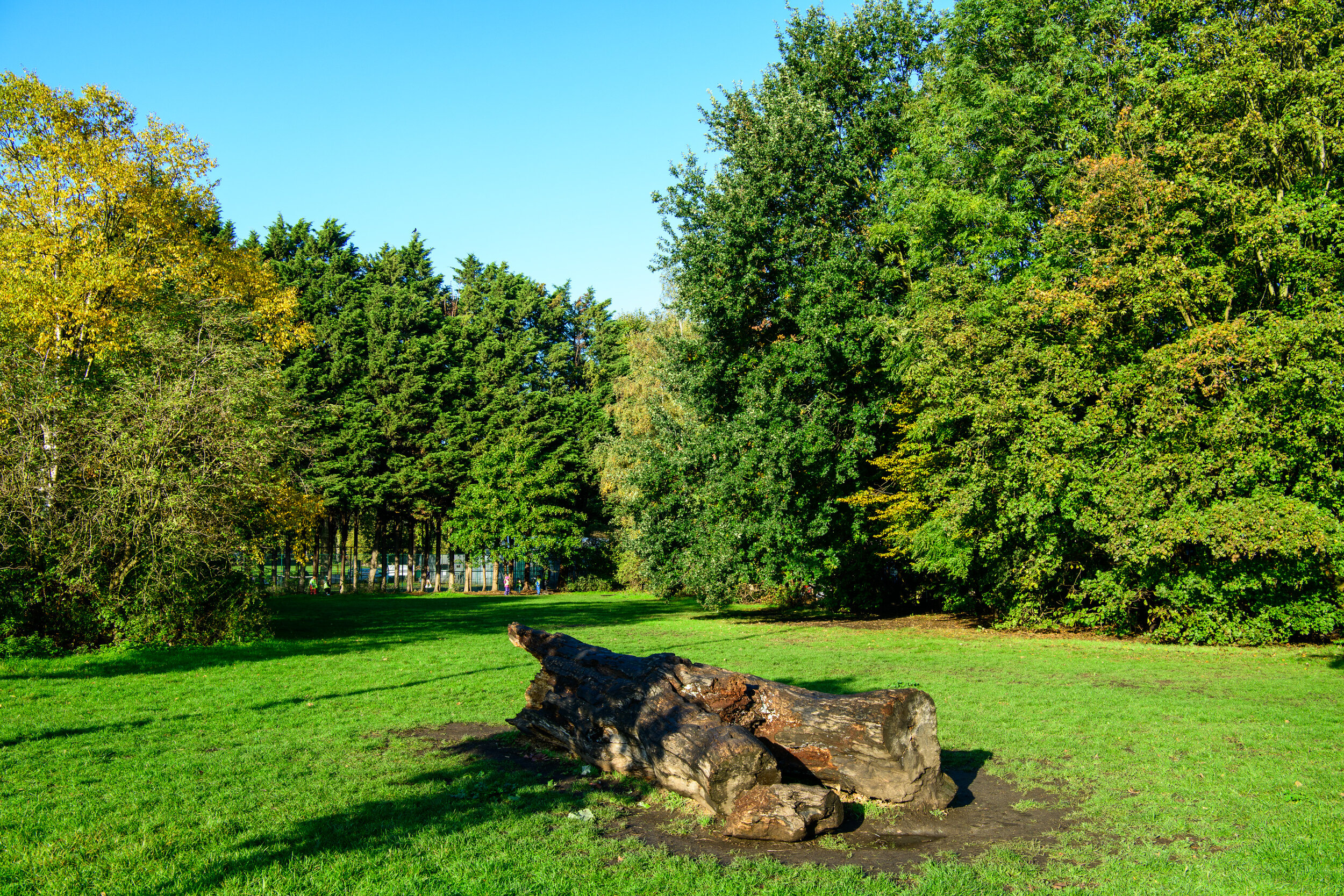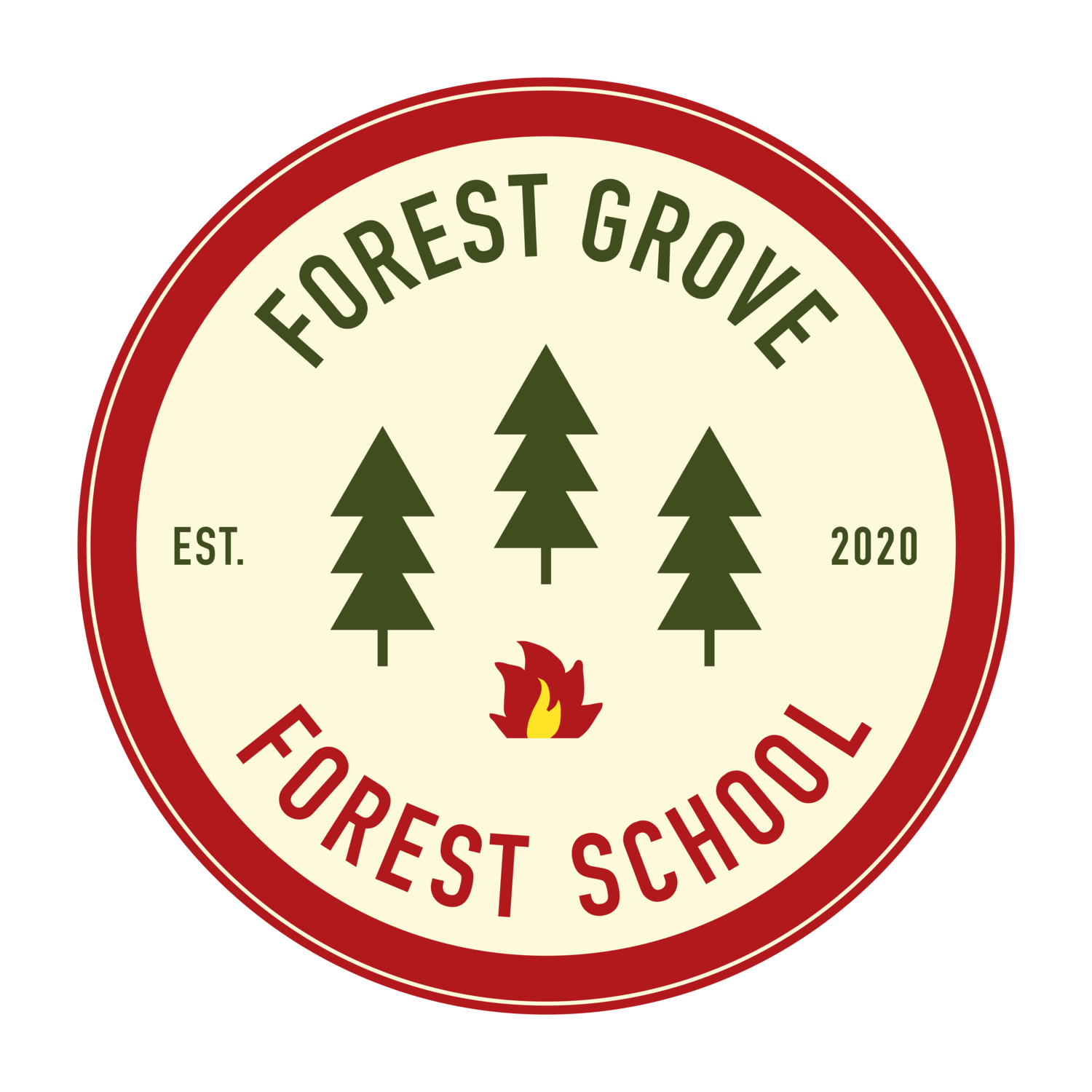
The Physcial and mental Health Benefits
of Outdoor Learning
Children thrive in natural outdoor environments, where play fosters physical, mental, and emotional growth. Studies confirm that outdoor learning promotes better mental well-being, resilience, and cognitive development, while also encouraging environmentally conscious behavior. Here are ten compelling health benefits of outdoor learning.
1. Strengthened Immune System
Exposure to natural environments, like forests and dirt, enhances children’s immune systems. Playing in biodiverse environments introduces beneficial microbes that improve gut and skin health. Finnish research showed children in greener settings had more T-cells and anti-inflammatory markers within a month, demonstrating improved immune function. Contact with soil microbes, such as Mycobacterium vaccae, can even moderate stress responses, building resilience. This exposure also reduces the likelihood of immune-mediated diseases such as asthma, allergies, and autoimmune disorders. Playing in mud is good for your child's immune system.
2. Improved Mental Health
Spending time in nature significantly reduces symptoms of anxiety, depression, and stress. The calming effects of natural environments lower cortisol levels, helping children feel more balanced and emotionally resilient. Nature’s restorative power helps regulate the nervous system and enhances emotional well-being. Studies show that even brief exposure to green spaces, like a 20-minute walk in a park, can improve concentration in children with ADHD. Nature isn’t just a space for play—it’s a therapeutic environment for mental restoration.
3. Boosted Physical Health
Outdoor learning encourages movement through activities like climbing, running, and exploring. These improve strength, coordination, balance, and gross motor skills while reducing BMI. Additionally, time outdoors supports eye health by exercising eye muscles and preventing myopia, a growing issue linked to prolonged screen use. Children who spend more time outdoors are less likely to experience vision problems later in life. Exposure to natural sunlight also boosts vitamin D levels, essential for healthy bones and immune function.
4. Reduced Stress and Anxiety
Natural environments create a soothing atmosphere that calms the mind and body. Fresh air, natural light, and peaceful surroundings help children self-regulate, releasing built-up stress and anxiety. Engaging with nature promotes mindfulness, encouraging children to focus on the present moment. Studies show that being in green spaces can lower blood pressure and heart rates, making outdoor learning a vital tool for emotional regulation.
5. Increased Confidence and Self-Esteem
Outdoor learning environments allow children to explore challenges, take risks, and overcome obstacles. Whether navigating uneven terrain or building a shelter, these activities develop problem-solving skills and build confidence. Risky play, such as climbing trees or balancing on logs, teaches children how to assess danger and trust their abilities. Being outdoors in nature provides opportunities for risky play, problem-solving, and teamwork, helping children develop confidence. Overcoming challenges teaches resilience and self belief, building inner strength.
6. Enhanced Creativity and Imagination
The natural environment inspires creativity. Sticks, leaves, and rocks become tools for building, storytelling, and art. Children might build a den, craft art from found objects, or create a game inspired by their surroundings. This free exploration fosters curiosity and problem-solving. Unstructured play and ‘child led play’ in nature fuels imaginative thinking and allows children to explore their ideas freely.
7. Better Social Skills
Outdoor learning fosters teamwork and collaboration. Children communicate and cooperate to solve problems and achieve common goals. Whether working together to build a den or navigate a map, children develop their social skills, empathy, and cooperation. These shared experiences help children express themselves clearly and work collaboratively, skills that are crucial for forming strong relationships. Research also shows that outdoor play encourages richer and more varied language use compared to indoor environments.
8. Improved Sensory Awareness
Being outdoors activates all our senses and increases our sensory awareness providing a richer learning experience. Children hear the rustle of leaves, smell fresh earth, and feel rough tree bark. These sensory experiences are vital for brain development and help children better understand their surroundings. Research has shown that children learn best through using their senses and from engaging in first hand ‘real life’ experiences as these are more memorable: you can see, hear, smell; touch and when safe, taste.
Being in nature also develops children’s sense of balance and spatial orientation (vestibular system) and the somatic sensory system (necessary for the detection of information relating to touch, and detection of pain and temperature).
9. Greater Resilience
Facing challenges in outdoor settings teaches emotional and physical resilience. Children learn to adapt, problem-solve, and manage frustration in a supportive environment. This resilience carries over to other areas of life, helping children cope with setbacks and thrive in difficult situations. Outdoor learning also teaches children the value of perseverance, as they see projects and goals through to completion.
10. Connection with Nature
Outdoor learning is increasingly seen as an important way of connecting children with the natural world. Only by spending time in nature do we develop a connection with nature and a desire to care for our natural environment.Time spent in nature encourages children to develop sustainable habits and environmental stewardship. Studies show that children who play in natural settings are more likely to grow into adults who prioritise sustainability and conservation. This connection to nature is not only beneficial for the planet but also for children’s cognitive and emotional development, creating a sense of responsibility and care for the world around them.
The many health and mental health benefits of outdoor learning make nature an essential environment for children to thrive. From stronger immune systems and better physical health to reduced stress and increased emotional resilience, the natural world offers unmatched opportunities for well-being. Outdoor learning also encourages imaginative play, self-regulation, and resilience, while fostering a deep connection with nature. By choosing a natural outdoor environment for learning, we give children the tools to grow into healthy, balanced individuals who are curious, creative, and capable of facing life’s challenges.

